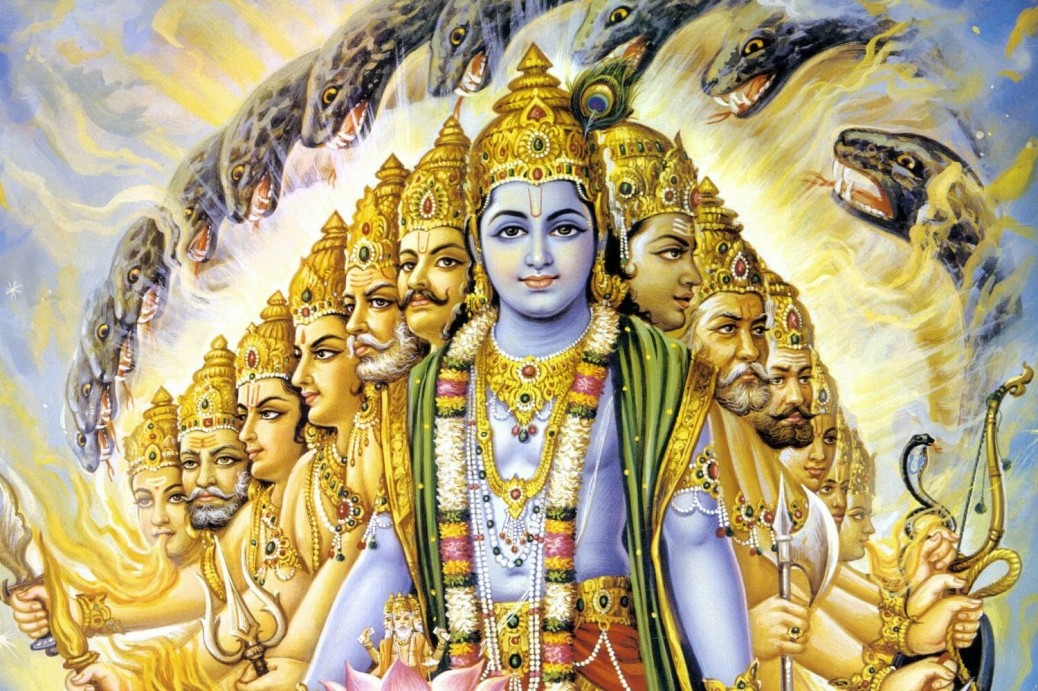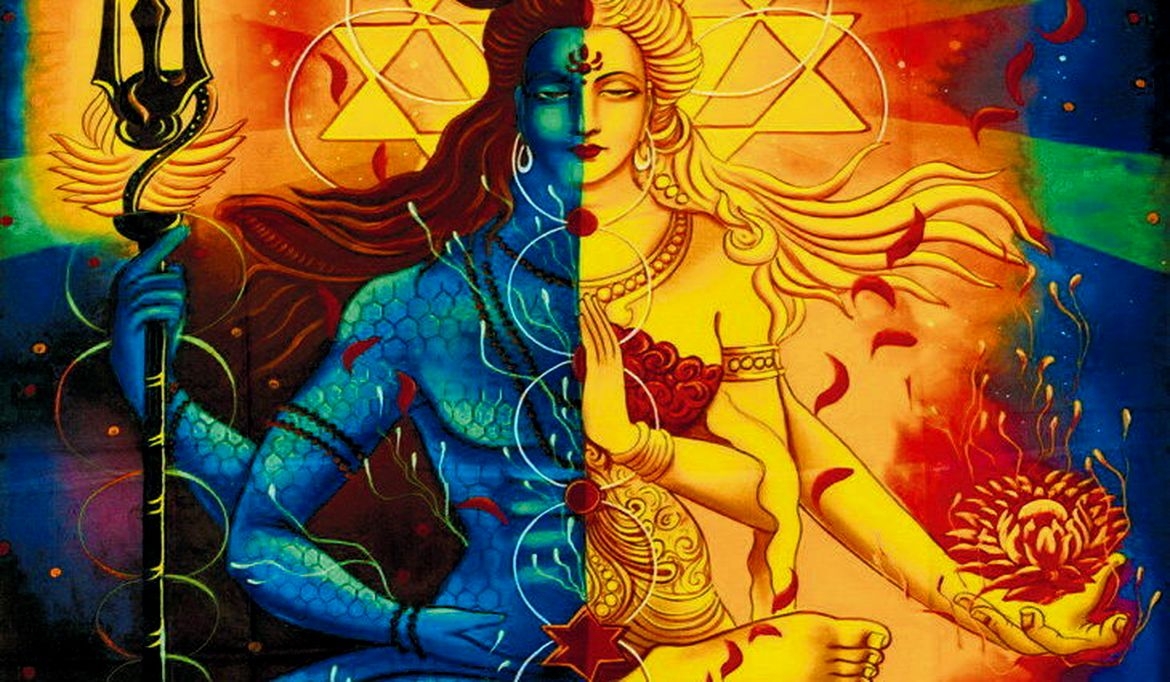Disciple Hood – In Gita Verse 18.78 Wherever there is Kṛṣṇa, the master of all mystics, and wherever there is Arjuna, the supreme archer, there will also certainly be opulence, victory, extraordinary power, and morality. That is my opinion.
The profound wisdom encapsulated in Bhagavad Gita Verse 18.78 serves as a guiding light for individuals striving for success and righteousness. The presence of a divine guide like Lord Krishna and a dedicated disciple like Arjuna creates an environment where victory, prosperity, and ethical strength are inevitable. This principle is timeless and universally applicable.
Sanjaya, the narrator, underscores the significance of having a guide like Krishna and a disciple like Arjuna. He acknowledges the inherent desire of a father to witness his son’s success, but asserts that victory cannot be attained through mere desire alone. It is the truth that ultimately prevails. The Bhagavad Gita, which begins with sorrow, culminates in the triumph of truth, indicating that adherence to truth is the path to ultimate victory. If the principles of the Gita are beneficial to you, then your journey towards the victory of truth can also be completed.
The teachings of the Gita are not exclusive to Arjuna; they are accessible to everyone. The obstacles faced by Arjuna are not unique, and neither is his ignorance. Therefore, if one is willing to embrace the teachings with the same openness and determination as Arjuna, they too can achieve their goals. The divine potential resides within every individual, waiting to be realised.
The repetition of the Gita’s teachings serves a purpose. It is hoped that at some point, these teachings will resonate deeply with the listener, like an arrow hitting its mark. When this happens, the pain of realisation is transformative, leading to a deeper understanding and appreciation of life’s true value. The worldly pleasures, in comparison, are fleeting and insignificant.
The journey of self-discovery and spiritual awakening is challenging, but the rewards are immeasurable. Once the ultimate truth is realised, the difficulties faced along the way seem trivial. The realisation of this truth is priceless and cannot be diminished by any worldly measure. The Gita may conclude, but the individual’s journey towards self-realisation and enlightenment begins.
Proceeding with caution and awareness on this path ensures that one day, the moment of awakening will arrive. This moment brings a profound self-awareness and a remembrance of one’s true self. It is a moment of joy and fulfilment, where every aspect of one’s being resonates with the happiness of divine realisation.
Until this self-realisation occurs, life remains a dark night devoid of true joy. The moment of awakening dispels this darkness, bringing perpetual daylight and clarity.
Sanjaya’s words highlight a fundamental truth: a Master like Krishna appears only when a disciple like Arjuna is ready. The readiness of the disciple is crucial. The Master becomes visible only when the disciple has developed the capacity to perceive and receive the teachings. This readiness involves cultivating the senses, emotions, and intellect to recognise and appreciate the Master’s presence.
Without the necessary inner development, one cannot perceive the beauty and truth in the world. The flowers may bloom, and the stars may shine, but without the eyes to see, their beauty goes unnoticed. Similarly, without love in the heart, one cannot find the beloved. The inner readiness is essential for the outer realisation.
Many seekers struggle to find a Master because they lack the essential qualities of a true disciple. The search for a Master is unproductive if one has not developed the capacity to be a disciple. The Master is not merely an external phenomenon but a reflection of the disciple’s inner state. A genuine seeker prioritises cultivating the qualities of a disciple: openness, innocence, and a passionate desire for truth.
That’s what disciple hood is: a preparation, a thirst, a passionate desire, a great passion for truth. The Master is not merely an external phenomenon but a reflection of the disciple’s inner state.
The journey to finding a Master begins with becoming a disciple. This involves unburdening oneself from preconceived notions, prejudices, and dogmas. It requires an openness to learning and a willingness to let go of old beliefs. The Master’s role is to dismantle these old structures, creating space for new understanding and realisation.
The appearance of the Master is a significant milestone in the disciple’s journey. The Master represents the last form of divine guidance before the formlessness of ultimate truth. Beyond the Master lies absolute silence and formlessness, the final stages of spiritual realisation.
For those weary of the mundane routines of life, the focus should be on becoming a disciple rather than searching for a Master. By cultivating the qualities of a disciple, one becomes ready to receive the divine guidance of a Master. When the disciple is ready, the Master, like Krishna, will appear, guiding them towards ultimate victory and truth.
Tags: Disciple Hood




